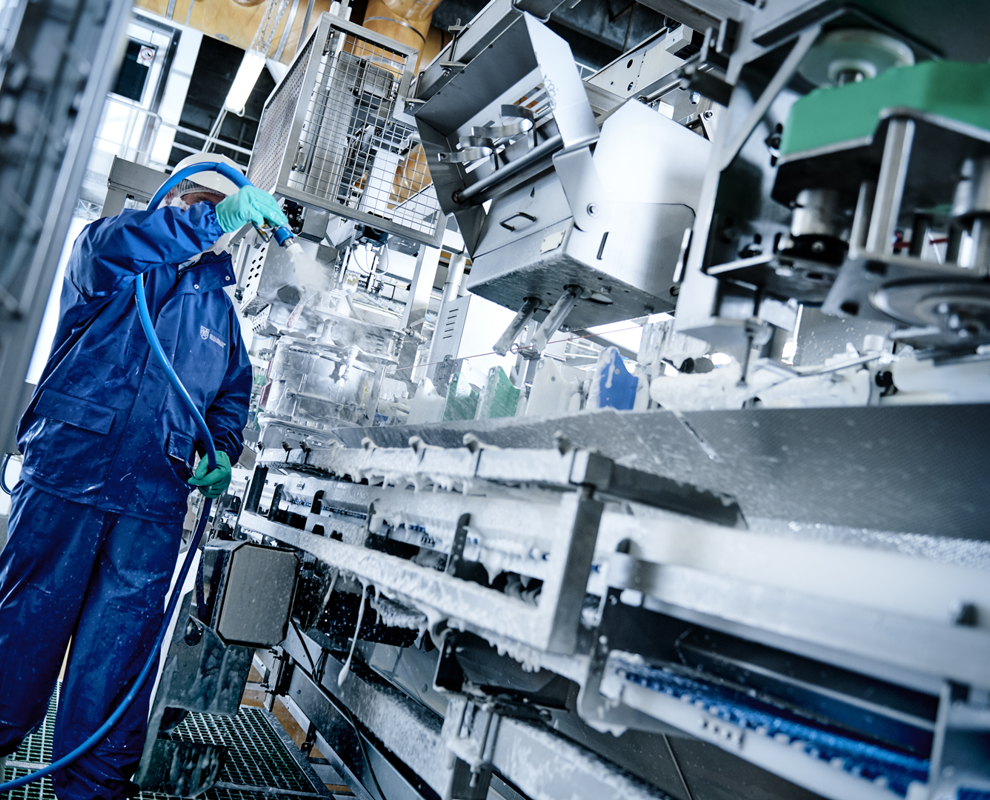40bar Booster stations


Covers complex
needs, but are
easy to operate
Our Next Technology remains the only technology in the market that can operate with 3 chemicals and rinse through one and the same outlet, without the use of additional valves. A full mechanical change between all operations makes our equipment second to none in terms of reliability, ease of use and lifetime.
Most Common Pump Alerts
Want to see what we can do for you?












